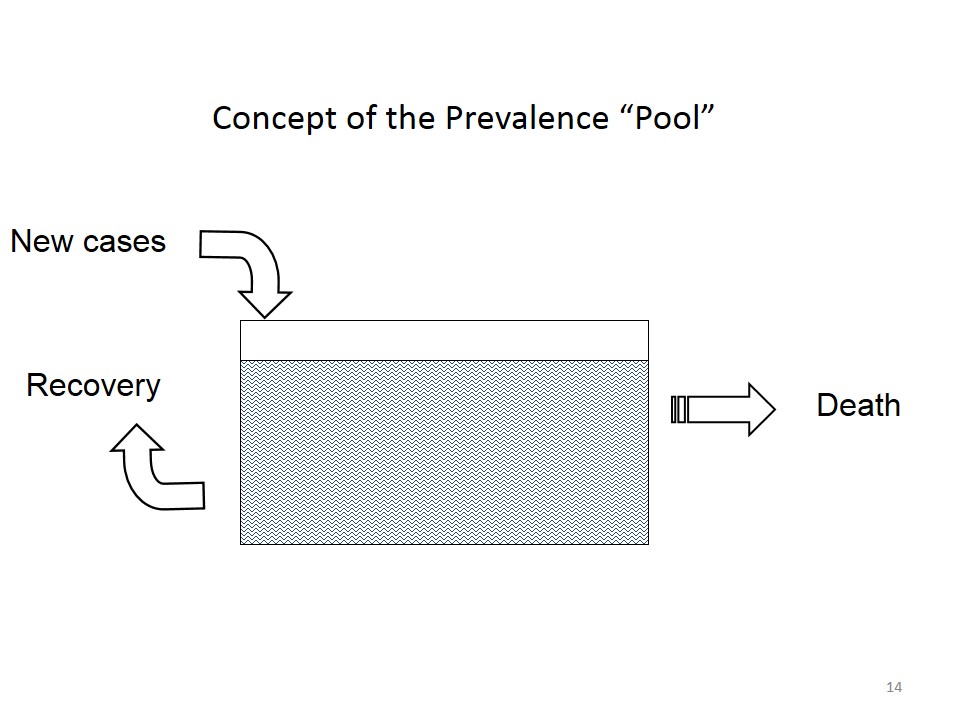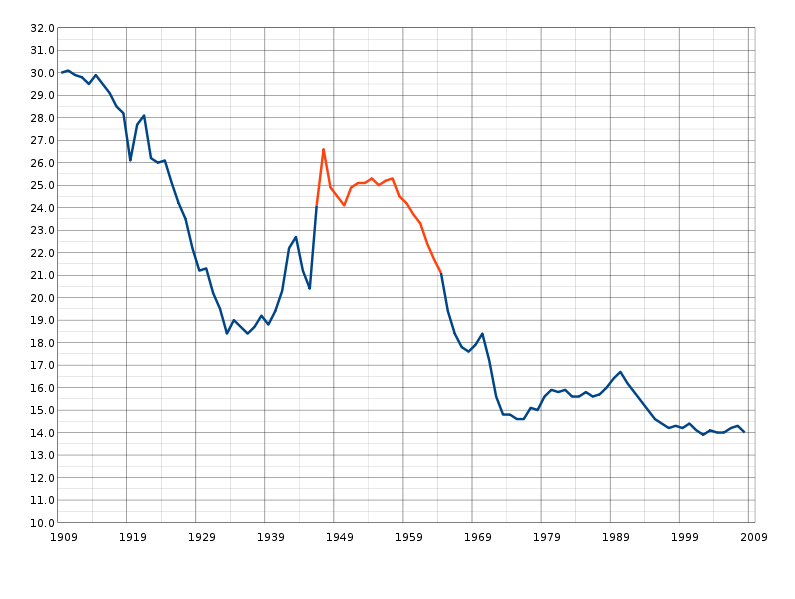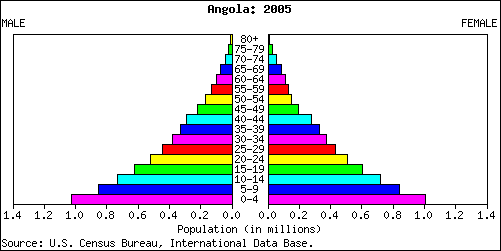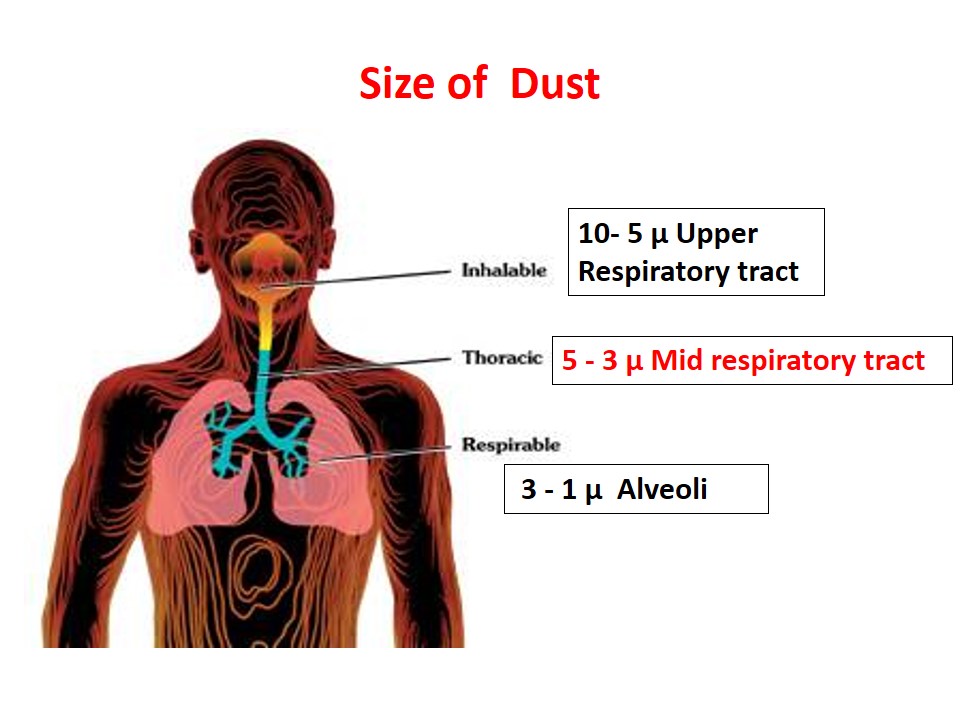Cross sectional studies are conducted at a single point in time or over a short period of time. There is no follow-up. Exposure status and disease status are measured at one point in time or over a short period. These are also called prevalence studies, which include comparison of prevalence among exposed and non-exposed.
Prevalence is measured by conducting a survey of the population of interest e.g.
– Interview of clinic patients
– Random-digit-dialing telephone survey
A cross-sectional study is like a snapshot of the exposures and outcomes present in a population at a given point in time. Cross sectional studies are the mainstay of descriptive epidemiology. They describe patterns of occurrence by time, place and person and estimate disease frequency (prevalence) and time trends.
Cross sectional studies are useful for:
– Program planning
– Resource allocation
– Generation of hypotheses
We select sample of individual subjects and report disease prevalence (%). We can also simultaneously classify subjects according to exposure and disease status to draw inferences, thus describe association between exposure and disease prevalence. The data collected at a single point in time, and so the burden of disease may be found. The exposure and outcome status are determined at the same time
One example of a cross-sectional study is the Behavioral Risk Factor Surveillance System, known as the BRFSS. The BRFSS is a nationwide survey that asks individuals about health and lifestyle factors, such as exercise, smoking behavior, alcohol consumption, nutritional habits, and so on. At the same time, the survey asks for information on the person’s health outcomes, such as cancer, cardiovascular disease, and diabetes.
The National Health and Nutrition Surveys, or NHANES, is another nationwide cross-sectional study. It captures similar health information about study participants, but also gathers detailed information about nutritional habits, and types and amounts of foods eaten. The growth chart for children located in most pediatrician offices was developed using data from NHANES.
Most opinion or political polls are also cross-sectional in nature. They assess opinions at one point in time.
Examples
– Prevalence of Asthma in School-aged Children in Lahore
– Trends and changing epidemiology of hepatitis in Pakistan
– Characteristics of teenage smokers in Multan
– Prevalence of stroke in Gujranwala
Advantages:
– Quick and useful
– Usually use population-based samples, instead of convenient samples so there is greater generalizability.
– Conducted over short period of time
– Relatively inexpensive
Disadvantages:
– Uncertain temporal relationships
– Survivor effect
– Low prevalence due to
- rare disease
- short duration
– Difficult to separate cause from effect, because measurement of exposure and disease is conducted at the same time.
– A persons exposure status at the time of the study may have little to do with their exposure status at the time the disease began.
 howMed Know Yourself
howMed Know Yourself





